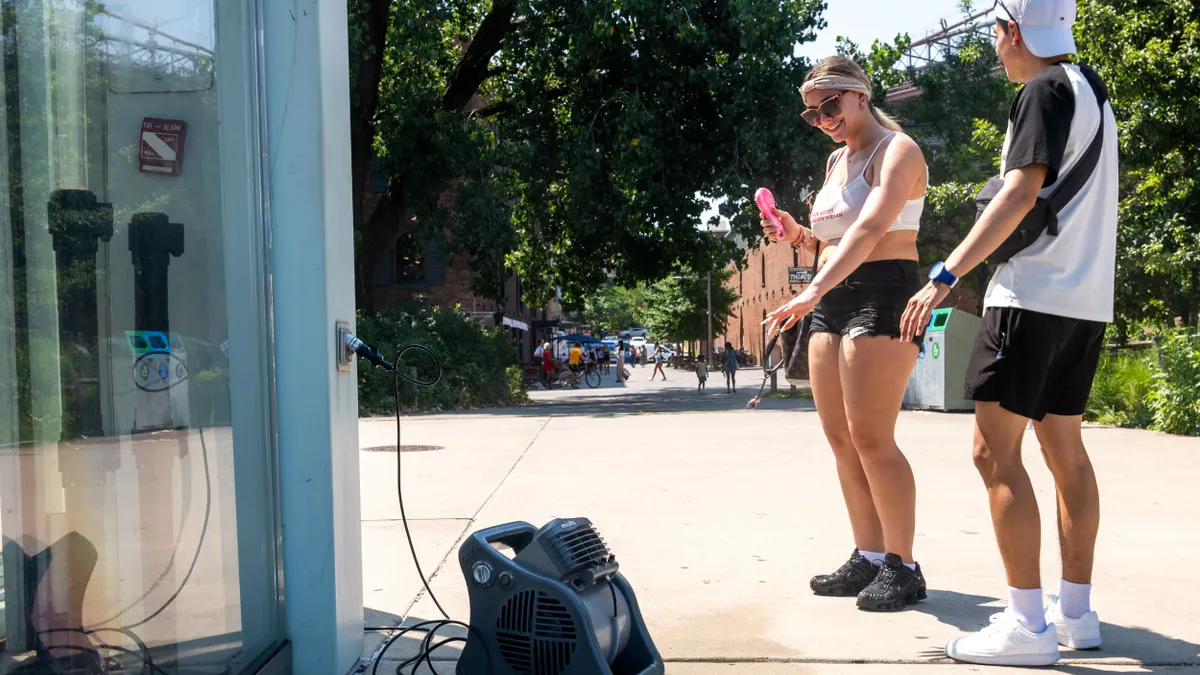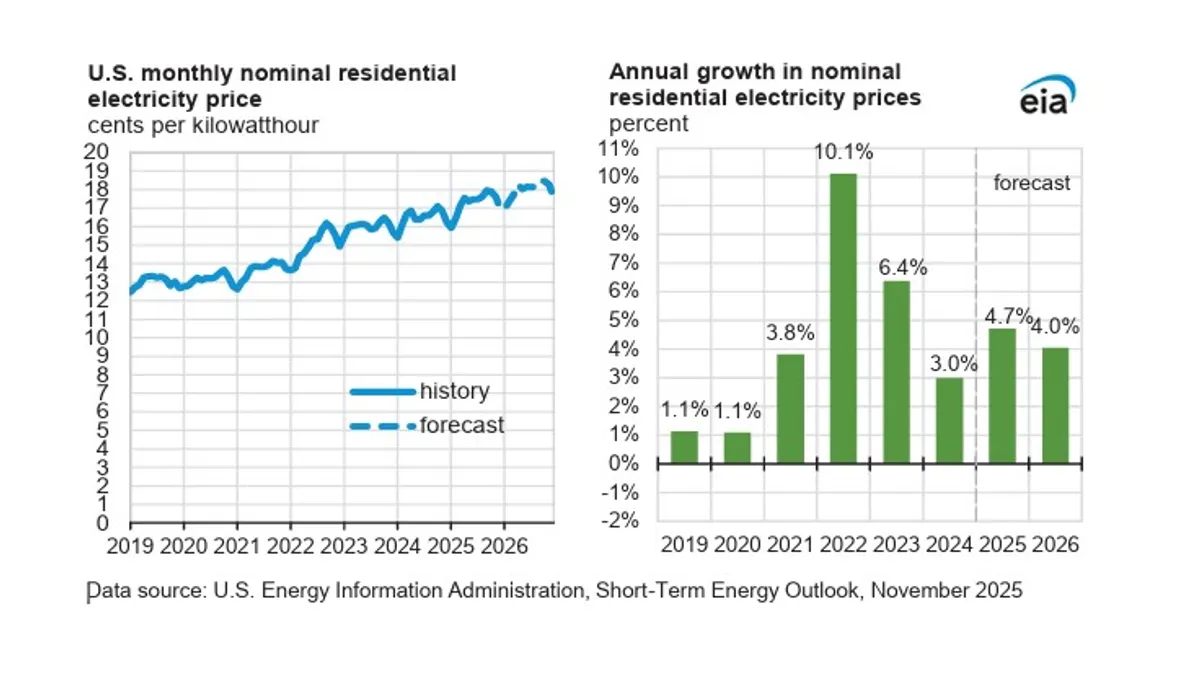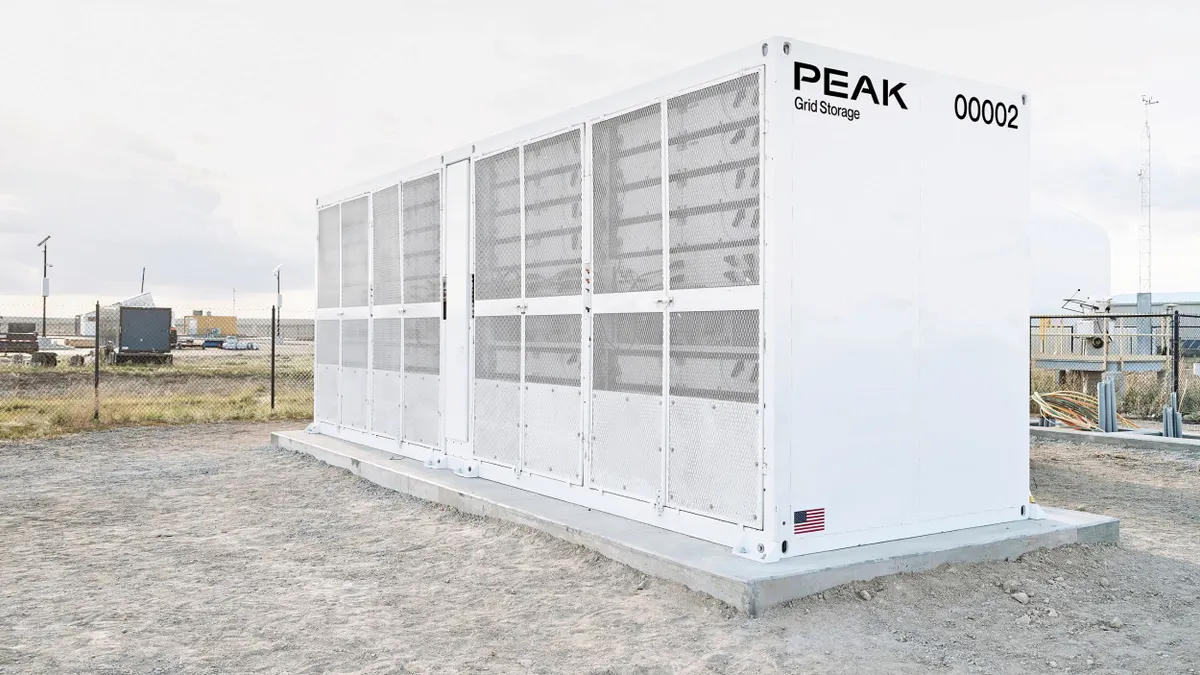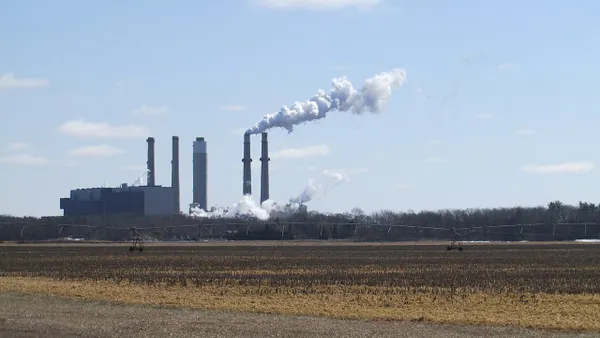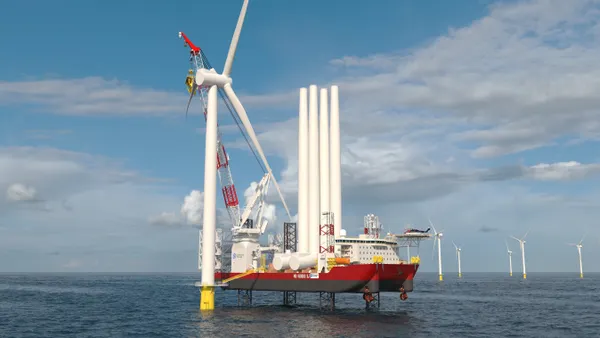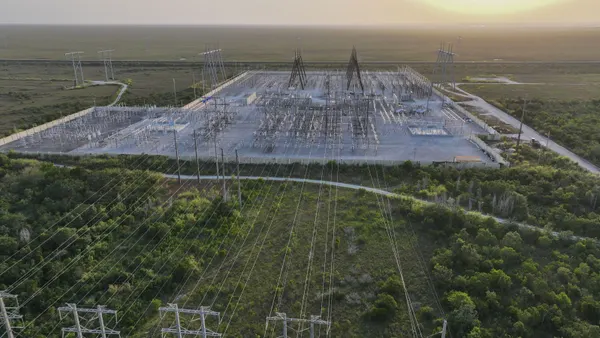Dive Brief:
- Total net electricity generation and retail sales were up 3.8% and 2.6%, respectively, this July compared with the same month last year, reflecting hotter weather this summer, according to the U.S. Energy Information Administration’s latest report, published Tuesday.
- Residential retail prices increased 5.2% over last July, as measured by revenue per kWh. Prices for the transportation sector were up 8.5%, while industrial sector prices grew 6.2% and commercial business prices climbed 4.8%. Natural gas prices at the Henry Hub jumped 57.6%, to $3.31 per million British thermal units.
- The numbers appear to show demand rising in line with recent projections, analysts and industry sources said. But they cautioned that traditional prediction models may prove inadequate in the face of the many dynamic factors shaping the grid, including artificial intelligence, electrification, climate change and economic uncertainty.
Dive Insight:
Looking at the July numbers, Peter Gardett, managing partner at Noreva, said the question is, “Is this an early indication of the bigger demand surge, or is this just a hot summer?”
Gardett has spent over 15 years analyzing energy markets for institutional investors.
“If you look at [capital expenditure] spending and you look at demand forecasts, we should be at the beginning stages of that climb into a bigger demand story,” he said.
Part of the challenge, according to Gardett and others, is that the statistical framework for understanding demand is out of date, and projections of load growth vary wildly and depend on reporting from hyperscalers and utilities with their own interests. Nationally, Gardett said, Noreva attributes about 60% of the projected increase to data centers and about 40% to electrification, but even that varies region to region.
“Nobody knows how much demand is going to go up, even broadly, which is a bad sign,” Gardett said. Still, if only half of the projected data center load comes to fruition, it would represent a real shift from the past two to three decades of largely flat demand, he said.
“Is it transformative over two to three years, or is it transformative over 10 to 20 years?” he said. “To me, the answer is yes to both of those, but at different degrees.”
Larry Paulhus, head of electric consulting at RINA North America, who spent much of his career studying efficiency, said he also sees the limits of what that can do to address rising demand.
“I think it’s the start of a trend,” he said of the rise in demand. “We’re going to need more generation; we’re going to need more transmission ... even the infrastructure of the distribution systems are going to have to be upgraded, and sadly, all of that, all those costs, traditionally, get passed on to the consumer.”
Paulhus said some of the cost increases showing up now can be attributed to rising gas prices, especially in the summer, when utilities are more likely to dispatch gas-fired peaker plants. But he said another, overlooked factor is the cost of equipment, which has been going up since the COVID-19 pandemic. He estimated about a 25% increase in material costs even before the Trump administration’s tariffs on aluminum, steel and copper.
Those increases are driving up the cost of the material needed “not just for infrastructure investments, but just [for] regular maintenance,” he said.
Britt Burt, senior vice president of research - power industry at IIR Energy, said he sees several factors driving up costs, “including substantially higher electricity demand, near-record-breaking heat, transmission constraints, increased rates to support costly upgrades and others.”
While natural gas remains the dominant fuel source for the power industry, and consumption has remained fairly steady, he said, coal consumption for power generation has increased slightly, leading to lower stockpiles, according to the EIA report. The Trump administration has ordered several coal-fired plants to remain online past their retirement dates, citing what officials describe as an energy emergency.
“Coal-fired power plants continue to delay scheduled retirements due to increased electricity demand,” Burt wrote in an email. “This is a trend we expect to continue as demand for electricity continues to climb, in part due to the increase in data centers coming online.”



